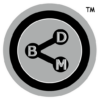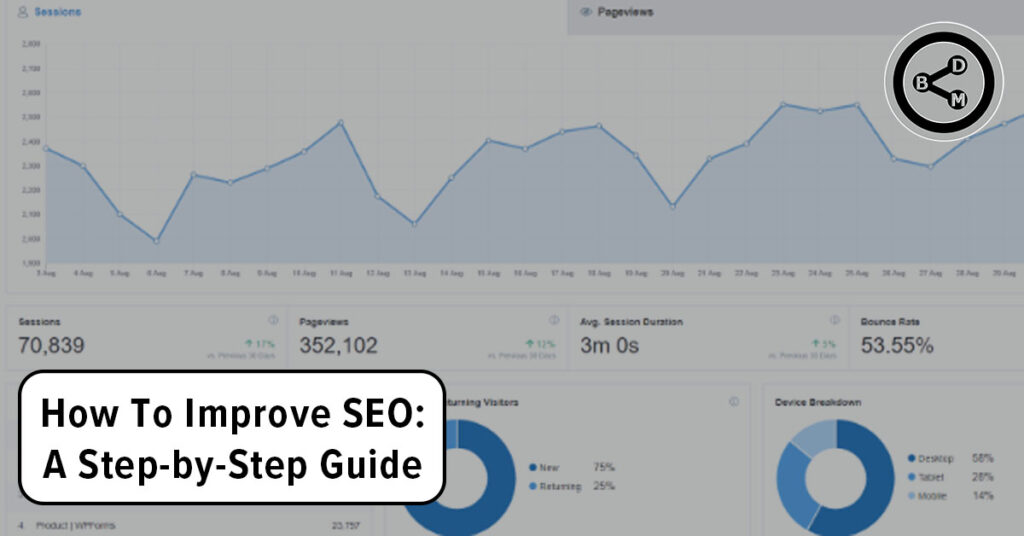SEO, or Search Engine Optimization, is the practice of optimizing a website to improve its visibility and ranking in search engine results pages (SERPs) like Google. In today’s digital age, a strong online presence is essential for businesses of all sizes. SEO plays a crucial role in helping websites reach their target audience and drive organic traffic.
By implementing effective SEO strategies, businesses can increase their website’s visibility, attract more potential customers, and ultimately improve their bottom line. Bowman Digital Media is a leading SEO service provider that specializes in helping businesses achieve their online marketing goals through tailored SEO solutions. Our team of experienced professionals understands the intricacies of search engine algorithms and can develop effective strategies to boost your website’s ranking.
Section 1: On-Page SEO
On-page SEO refers to optimizing the elements of your website itself to improve its search engine ranking. This involves several key components:
Keyword Research: Identifying relevant keywords that your target audience is searching for is crucial. Tools like Google Keyword Planner and SEMrush can help you discover popular and low-competition keywords.
Content Optimization: Creating high-quality, informative content that addresses your target audience’s needs is essential. Incorporate your chosen keywords naturally throughout your content, including in the title, headings, and body text. Pay attention to keyword density, ensuring that keywords are used appropriately without appearing overly spammy.
Meta Tags: Meta tags provide information about your web page to search engines. The title tag appears in search engine results, so it’s crucial to include your target keyword. The meta description provides a brief summary of your page’s content and can influence click-through rates.
Header Tags: Use header tags (H1, H2, H3, etc.) to structure your content and highlight important sections. The H1 tag is typically used for the main title, while subsequent headers can be used for subheadings. Incorporate relevant keywords into your header tags.
URL Structure: Create clean and descriptive URLs that include relevant keywords. Avoid long, complicated URLs that are difficult to remember or understand. Using keywords in your URLs can help search engines better understand the content of your page.
Image Optimization: Optimize your images to improve both user experience and search engine ranking. Use descriptive file names that include relevant keywords. Add alt text to images to provide context for visually impaired users and to help search engines understand the content of the image. Compressing images can reduce file size and improve page loading speed.
Section 2: Technical SEO
Technical SEO refers to the behind-the-scenes aspects of your website that impact its search engine visibility. It involves optimizing various technical factors to ensure that search engines can crawl, index, and understand your website’s content.
Website Speed: A fast-loading website is crucial for both user experience and SEO. Slow loading times can lead to higher bounce rates and lower rankings. Optimize your website’s speed by compressing images, minifying CSS and JavaScript files, and using a content delivery network (CDN).
Mobile Friendliness: In today’s mobile-first world, it’s essential that your website is mobile-friendly. Google prioritizes mobile-friendly websites in their search results. Ensure your website is responsive, meaning it automatically adjusts to different screen sizes and devices.
XML Sitemap: An XML sitemap is a file that provides search engines with a list of all the important pages on your website. This helps search engines crawl and index your content more efficiently. Create an XML sitemap and submit it to Google Search Console.
Robots.txt: A robots.txt file tells search engines which pages on your website they can crawl and which ones they should avoid. Use a robots.txt file to prevent search engines from crawling sensitive or low-quality pages.
Section 3: Off-Page SEO
Off-page SEO refers to activities that take place outside of your website that can influence your search engine rankings. Building high-quality backlinks, leveraging social media, and optimizing for local search are key components of off-page SEO.
Link Building: Acquiring high-quality backlinks from reputable websites is a crucial aspect of off-page SEO. Backlinks signal to search engines that your website is valuable and relevant. Effective link-building strategies include guest posting on other websites, participating in online forums, and identifying broken links on other websites and offering to replace them with links to your content.
Social Media: Promoting your content on social media platforms can help increase your website’s visibility and drive traffic. Build a strong social media presence by consistently sharing your content, engaging with your audience, and participating in relevant online communities.
Local SEO: If your business serves a local market, optimizing your website for local search is essential. This involves creating a Google My Business profile, ensuring your business information is accurate and consistent across online directories, and building local citations. By optimizing for local search, you can attract customers in your geographic area.
How To Improve Your SEO Conclusion
Improving your website’s SEO requires a comprehensive approach that addresses both on-page and off-page factors. By conducting keyword research, optimizing your content, addressing technical SEO issues, building high-quality backlinks, and leveraging social media, you can significantly enhance your website’s visibility and attract more organic traffic.
It’s important to note that SEO is an ongoing process. Search engine algorithms are constantly evolving, so it’s essential to stay updated on the latest trends and best practices. Regularly monitor your website’s performance, analyze your analytics data, and make adjustments as needed. You can learn much more about SEO and tips to improve your website on our Search Engine Optimization service page here on our website.
If you’re feeling overwhelmed by the complexities of SEO, Bowman Digital Media is here to help. Our team of experienced SEO professionals can provide tailored solutions to meet your specific needs. We offer a range of services, including keyword research, content optimization, technical SEO audits, link building, and social media marketing. By partnering with Bowman Digital Media, you can achieve your SEO goals and drive sustainable growth for your business.

